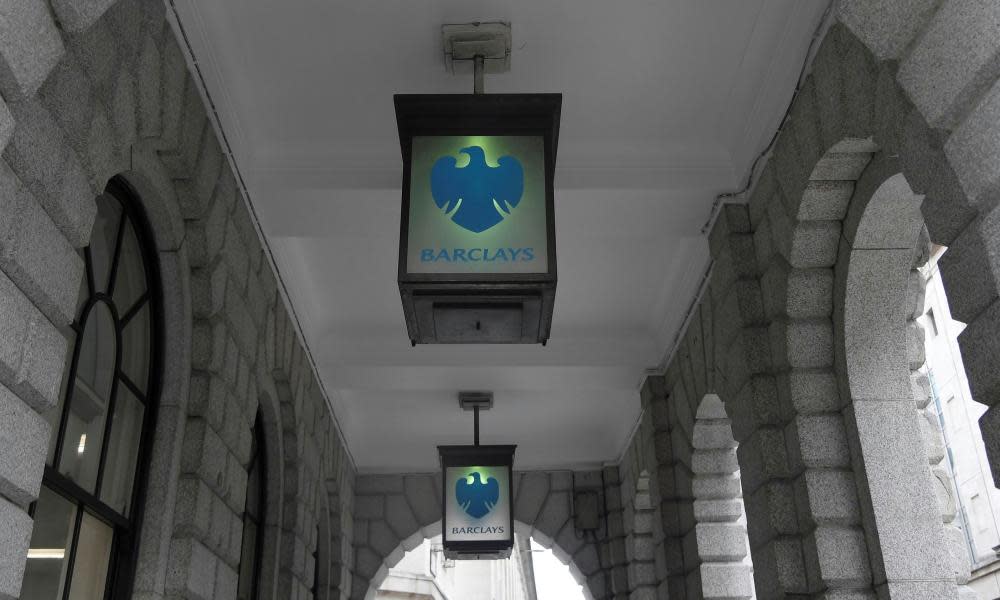Barclays warns of cuts as Covid pushes bad debt charges to £4.3bn

Barclays has warned of potential cost cuts as the economic fallout from the Covid-19 pandemic pushed its total bad debt provisions to £4.3bn.
The lender has put aside another £608m to help cover a potential surge in customer defaults. It came as Barclays beat profit forecasts for the third quarter of 2020.
While this latest increase in loan loss provisions was less than the £1bn forecasted by analysts, it brings Barclays’ total credit impairment charges to £4.3bn for the nine months to September. Earlier this year a spokesperson for the bank confirmed that Barclays could be forced to put aside up to £4.5bn to cover bad debts.
Barclays said impairment charges for the second half of 2020 would be “materially below” the levels recorded in the first half of the year and that costs would be broadly flat.
However, the UK bank warned of further cost cuts ahead, which could include reducing office space. Barclays, which has about 55,000 of its 85,000 global staff working from home, said it had been using bank branches to house call centre staff, who would usually be in large offices.
Barclays’ finance director, Tushar Morzaria, said: “We’ve learned a lot through the Covid pandemic … We have some very large offices in different parts of the country that, you know, we’re not sure how they’ll be utilised prospectively. We haven’t made any decisions on this – I think these are very long-term issues and we want to be thoughtful and deliberate.”
The chief executive, Jes Staley, did not rule out branch closures but said the decision would be driven by use, with more customers turning to digital banking. “We are not making any branch decisions as a result of the Covid-19 pandemic. We’re continuing the process of rationalising our physical footprint based on what our customers want.”
Barclays reported £1.1bn in pre-tax profits for the three months to September, easily beating analyst forecasts of £507m.
It was also three times the £246m reported during the same period last year, when Barclays was forced to take a £1.4bn charge linked to the payment protection insurance mis-selling claims.
The bank’s net interest margin – which measures the difference between what it earns from loans and pays for deposits – remained steady at 2.51%. However, the Bank of England has warned banks to prepare for negative interest rates, having already slashed rates to record lows of 0.1% in March.
Barclays cautioned that there would be further “income headwinds” in the UK, where it expects low interest rates to continue into 2021.
Staley said it was appropriate for UK authorities to keep negative interest rates on the table. He said Barclays had the ability to pass negative interest rates on to customers – as they have for large corporate customers in the EU.
However, the chief executive worried about what that might mean for retail bank deposits. “We don’t want to see consumers who avoid a negative interest rate market going into cash.”
Staley confirmed he could stay in his role for “another couple of years” – despite pressure from the activist investor Edward Bramson, who has pushed for the chief executive’s departure. After completing a major restructuring of the bank and dealing with Brexit and the Covid-19 pandemic, Staley said: “It’d be nice to be here through more kinder winds.”
Shares in Barclays were up 7% by late morning on Friday, making it the biggest riser on the FTSE 100.

 Yahoo News
Yahoo News 
